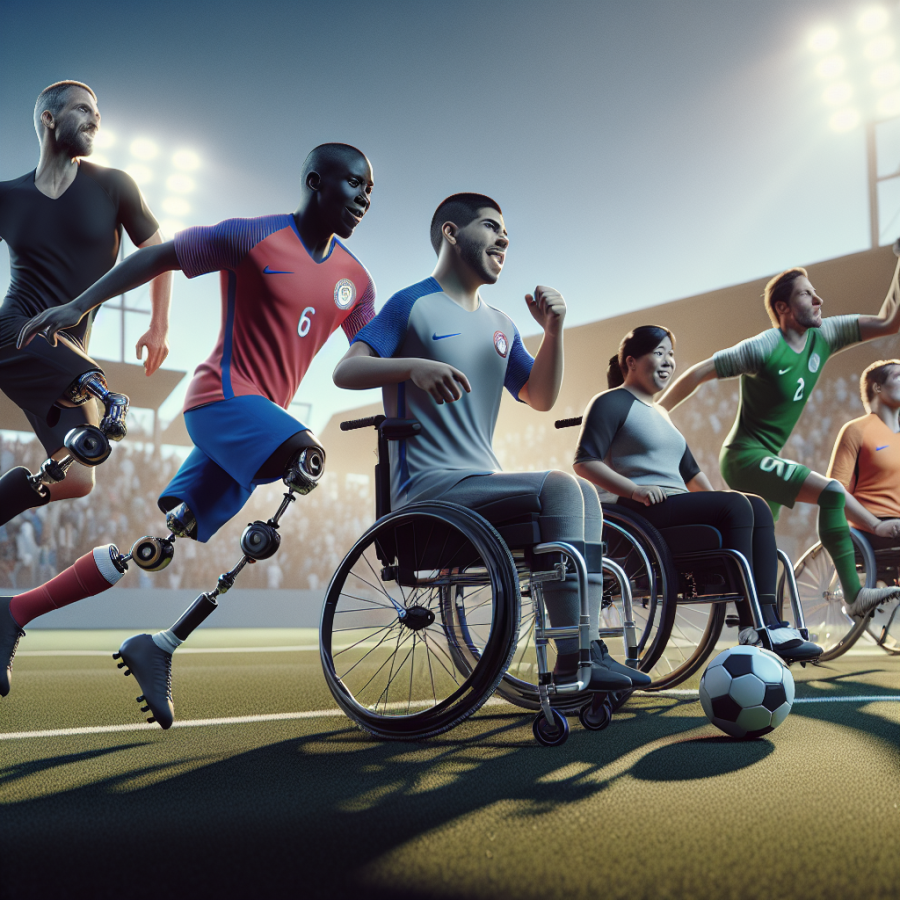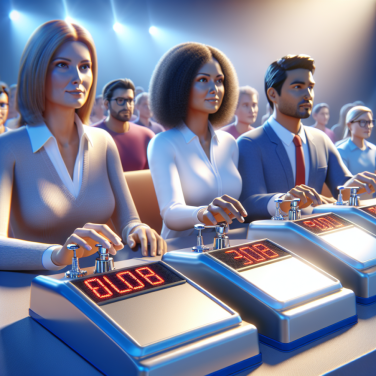From Grassroots to Global: The Ascension of Paralympic Football in the Sports World
Within the last few decades, Paralympic football has undertaken a remarkable journey, transforming from a grassroots initiative into a globally celebrated competitive sport. It embodies the unyielding spirit and tenacity of athletes who have physical disabilities, showcasing their talents on an international stage and changing perceptions about disability and sportsmanship.
The development of Paralympic football began as a rehabilitative activity for injured war veterans and individuals with cerebral palsy. It served both as a therapeutic outlet and a form of social reintegration. From these humble beginnings, local clubs and regional competitions started to emerge, powered by the passion of the players and the dedication of volunteers and organizers who believed in the transformative power of sport.
National organizations began to take notice as the popularity of disability football grew. This attention facilitated the formation of structured leagues and teams, setting the foundation for standardized rules and regular competition. Dedicated coaching staff and the provision of sporting facilities created an environment where players could train, improve, and prepare for higher levels of competition.
One of the pivotal moments in the evolution of Paralympic football was the establishment of the International Paralympic Committee (IPC) in 1989, which provided a governing structure to oversee the sport. This led to the inclusion of Paralympic football in major international tournaments and the creation of classification systems that ensured fair competition among athletes with different levels of abilities.
The integration of technology in training and gameplay marked another leap forward for Paralympic football. Prosthetics, mobility aids, and adaptive equipment have evolved, allowing athletes to perform at their highest potential. Moreover, sports science has tailored regimens for physical conditioning, nutrition, and recovery specifically for athletes with disabilities.
Media coverage has played a significant role in the ascent of Paralympic football. Increased visibility through television broadcasts, online streaming, and social media has brought the sport into the homes of millions worldwide, elevating its profile and garnering support and fandom that rival other international sports events.
Commercial sponsorships and partnerships have also been instrumental in propelling Paralympic football to its current standing. Sponsorships are more than just financial investments; they represent a commitment to diversity and inclusion, which is crucial in a world striving for equality both on and off the playing field.
Moreover, the sport has fostered a strong sense of community and pride among players and fans alike.
Read also:
Navigating the Terrain: Thrills of a Cross-Country Rally
Mastering the Pitch: Paralympic Athletes Redefining Football
Delving into the core of Paralympic football, it's impossible to overlook the unique set of skills required to master the sport. Paralympic athletes from across the globe are not only matching the technical prowess commonly associated with traditional footballers; they are also pushing the envelope, innovating gameplay, and redefining what it means to execute a perfect pitch.
One of the fundamental elements of Paralympic football is dribbling. Given the variety of disability classes participating in Paralympic football, such as cerebral palsy (CP Football), blind football (B1 Football), and amputee football, the technique and control exhibited by these athletes are tailored to their specific abilities and often exceed expectations.
In CP Football, players utilize modified dribbling techniques to maintain control of the ball despite potential challenges with balance and coordination. Adaptive training methods allow athletes to develop a keen sense of touch and spatial awareness, turning perceived limitations into advantages on the pitch. The agility and quick thinking displayed during CP matches highlight the depth of skill necessary to navigate the field and the opposition.
Blind football adds another layer to the mastery of dribbling. Equipped with sound-emitting balls, players rely on heightened auditory senses to track ball movement. The dribbling prowess of visually impaired athletes is astounding, as they must synchronize their movements with the sound of the ball, all while anticipating and evading challengers. Communication among teammates is also crucial, echoing directions and warnings to navigate the pitch effectively.
Amputee football athletes showcase another dimension of dribbling expertise. Many use crutches to support their movement around the field, leaving them the task of controlling and maneuvering the ball with a single limb. This intense focus on ball-handling requires exceptional upper body strength and balance, transforming the standard act of dribbling into an art form. Amputee footballers are a testament to the adaptability and resilience of the human body, offering a compelling narrative of determination and skill.
The ingenuity in dribbling techniques among Paralympic footballers challenges the conventional wisdom on ball control. The development of these methodologies is a testament to the ingenuity and passion of the players and their coaches. Through dedicated practice sessions, these athletes have refined their strategies to excel in ball mastery, positioning, and movement.
Moreover, the impact of dribbling mastery on the overall game is profound. It underpins offensive strategies, enabling players to forge opportunities, create space, and penetrate defenses.




